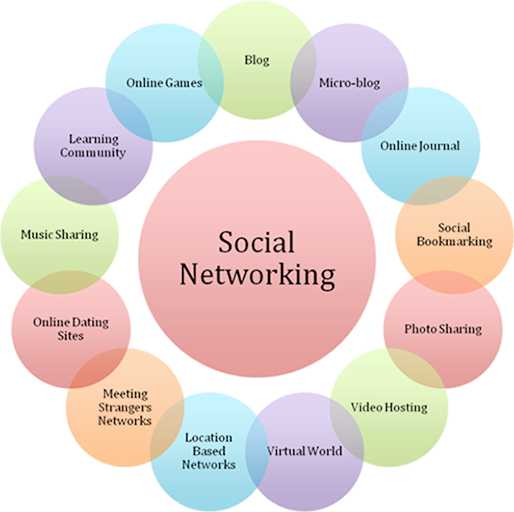Service Integration and Management
Integration and Management
Service Integration and Management or SIAM is a functional framework. Stereotypically, if researched in depth it lays its wing on the framework laid by ITIL. It starves on the lifecycle model of ITIL and hence it is both a framework and a function. Contrary to ITIL, SIAM has additional focus in service delivery and holistic governance with governance across all partners. It is holistically accountable to ensure Service Management benchmark enabled with governance and security controls.
Unlike its predecessors SIAM supports a robust and sturdy relationship between business and IT. It all elaborates on the importance laid upon planning alignment between service consumers, applications, cloud services and infrastructure partners.
SIAM plans towards CSI and service management and focus to delivers an organization hierarchical and functional view. In short, as suggested by Wiki: "Service integration and management (SIAM) is a framework for managing multiple suppliers of information technology services and integrating them to provide a single business-facing IT organization."
Most noticeable aspects of SIAM
Fundamentally, SIAM is a progression of ITIL's ITSM concept.
It is rather a service integration and not systems integration like its forerunners.
SIAM is all about governance and end to end accountability of service delivery.
It is an orientation of end -to- end authority, accountability, and ownership and is reliant on empowerment, coordination and collaboration among service providers. It is never about officialdom, however, SIAM always advocates and maps process inputs with outputs across partners.
Hence, the perspective with which SIAM function is rather oriented towards service performance and availability for its end user and never targeted merely based on supplier's profitmaking viewpoint.
Roles and Responsibility of a SIAM Consultant
The main functional role of an SIAM consultant is to design and implement the key processes. Main focus lies in embedding and functionally utilizing the eTOM framework with strategic and tactical viewpoint and ensure to deliver flawless end to end services globally across all vendors and maintain consistency.
A SIAM consultant leads and identifies system and service integration areas improve collaboration across partners and their functional heads. From go-live of all services to functional operation he monitors and ensures that the processes are implemented seamlessly. Once the process starts walking on its legs, further analysis of reporting KPIs and identification of factors to drive continuous service improvement (CSI).
Being a SIAM Process manager, I feel a SIAM consultant's role has colossal responsibilities aligned to its profile and only a person with a holistic view of the environment can do justice to the role. Lastly, IT industry is an ever evolving process and with SIAM as another feather in its crown it will attain more development and accomplishment ahead
Service Integration and Management or SIAM is a functional framework. Stereotypically, if researched in depth it lays its wing on the framework laid by ITIL. It starves on the lifecycle model of ITIL and hence it is both a framework and a function. Contrary to ITIL, SIAM has additional focus in service delivery and holistic governance with governance across all partners. It is holistically accountable to ensure Service Management benchmark enabled with governance and security controls.
Unlike its predecessors SIAM supports a robust and sturdy relationship between business and IT. It all elaborates on the importance laid upon planning alignment between service consumers, applications, cloud services and infrastructure partners.
SIAM plans towards CSI and service management and focus to delivers an organization hierarchical and functional view. In short, as suggested by Wiki: "Service integration and management (SIAM) is a framework for managing multiple suppliers of information technology services and integrating them to provide a single business-facing IT organization."
Most noticeable aspects of SIAM
Fundamentally, SIAM is a progression of ITIL's ITSM concept.
It is rather a service integration and not systems integration like its forerunners.
SIAM is all about governance and end to end accountability of service delivery.
It is an orientation of end -to- end authority, accountability, and ownership and is reliant on empowerment, coordination and collaboration among service providers. It is never about officialdom, however, SIAM always advocates and maps process inputs with outputs across partners.
Hence, the perspective with which SIAM function is rather oriented towards service performance and availability for its end user and never targeted merely based on supplier's profitmaking viewpoint.
Roles and Responsibility of a SIAM Consultant
The main functional role of an SIAM consultant is to design and implement the key processes. Main focus lies in embedding and functionally utilizing the eTOM framework with strategic and tactical viewpoint and ensure to deliver flawless end to end services globally across all vendors and maintain consistency.
A SIAM consultant leads and identifies system and service integration areas improve collaboration across partners and their functional heads. From go-live of all services to functional operation he monitors and ensures that the processes are implemented seamlessly. Once the process starts walking on its legs, further analysis of reporting KPIs and identification of factors to drive continuous service improvement (CSI).
Being a SIAM Process manager, I feel a SIAM consultant's role has colossal responsibilities aligned to its profile and only a person with a holistic view of the environment can do justice to the role. Lastly, IT industry is an ever evolving process and with SIAM as another feather in its crown it will attain more development and accomplishment ahead

Comments
Post a Comment